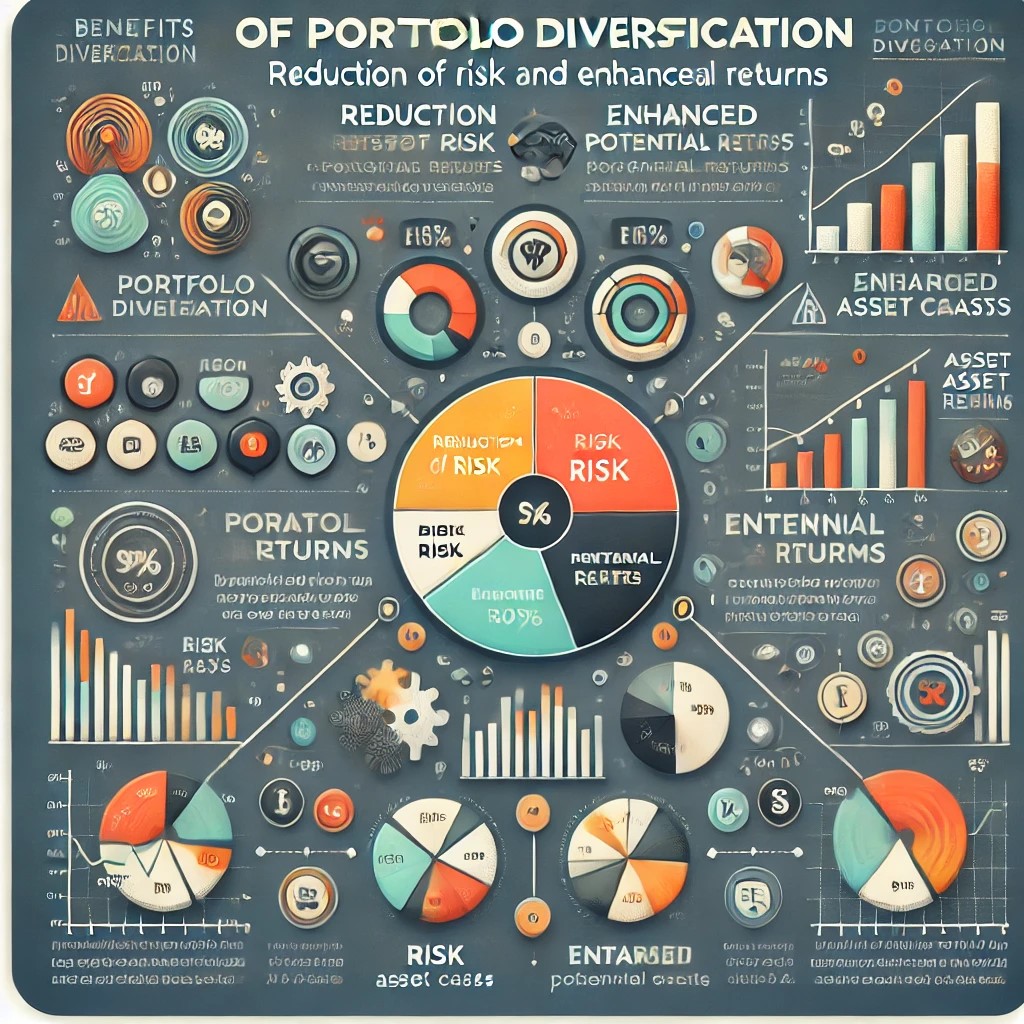In the ever-evolving world of investments, diversification remains a cornerstone strategy, often touted as the best defense against market volatility. By spreading investments across various asset classes, sectors, and geographical regions, investors can significantly reduce risk and enhance the potential for returns. This article delves into the current significance of diversification and explores the trends and future predictions that shape this crucial investment approach.

Understanding Diversification
Diversification involves allocating investments among different financial vehicles, industries, and other categories to optimize potential returns and minimize risk of loss. It is based on the premise that different asset classes perform differently under various economic conditions. By combining assets with differing reactions to market events, an investor can reduce the likelihood of experiencing a significant loss.

Current Trends in Diversification
1. Global Diversification: With the advent of global markets, investors are no longer limited to their domestic markets. The inclusion of international stocks or bonds in a portfolio can offer new growth opportunities and act as a hedge against domestic market fluctuations or economic downturns.
2. Alternative Investments: Recently, there has been a growing interest in alternative investments such as real estate, commodities, private equity, and hedge funds. These assets provide additional layers of diversification because their market performance often differs from that of standard stock and bond investments.
Benefits of Diversification
1. Risk Reduction: The primary benefit of diversification is the reduction of risk. It minimizes the impact of poor performance of any single investment. In diversified portfolios, the underperformance of some investments is generally offset by the stable or outstanding performance of others.
2. Portfolio Volatility Management: Diversification helps in smoothing out the returns as the variance in performance of various assets evens out over time. This results in lower portfolio volatility and a more consistent performance under different market conditions.
3. Improved Returns: Diversification can help improve returns by exposing the portfolio to more opportunities for growth. It allows investors to take advantage of different economic cycles and the potential high returns from various sectors and markets.

Future Predictions for Diversification
1. Increased Importance of Emerging Markets: As emerging markets continue to grow, they will play a more significant role in diversified portfolios. These markets often offer high growth potential and may perform differently from developed markets, providing valuable diversification benefits.
2. Greater Emphasis on Sustainable Investments: The rise in socially responsible and sustainable investing is likely to influence diversification strategies. Investors are increasingly considering environmental, social, and governance (ESG) factors not just for ethical reasons, but also for the potential impact on financial returns and risk management.
Conclusion
Diversification is not just about spreading investments to reduce risk; it's a strategic approach that requires continuous adjustment and understanding of market dynamics. As financial markets become more interconnected and complex, the need for effective diversification becomes more critical. Whether you're a seasoned investor or just starting out, incorporating diversification into your investment strategy is essential for achieving long-term financial goals in an uncertain world.





